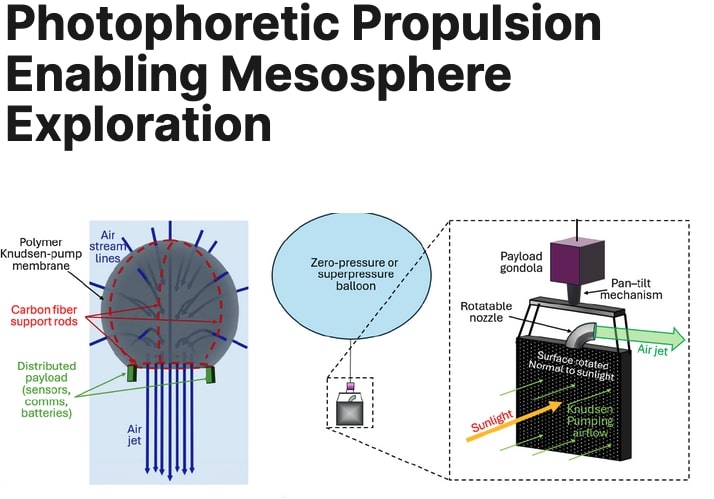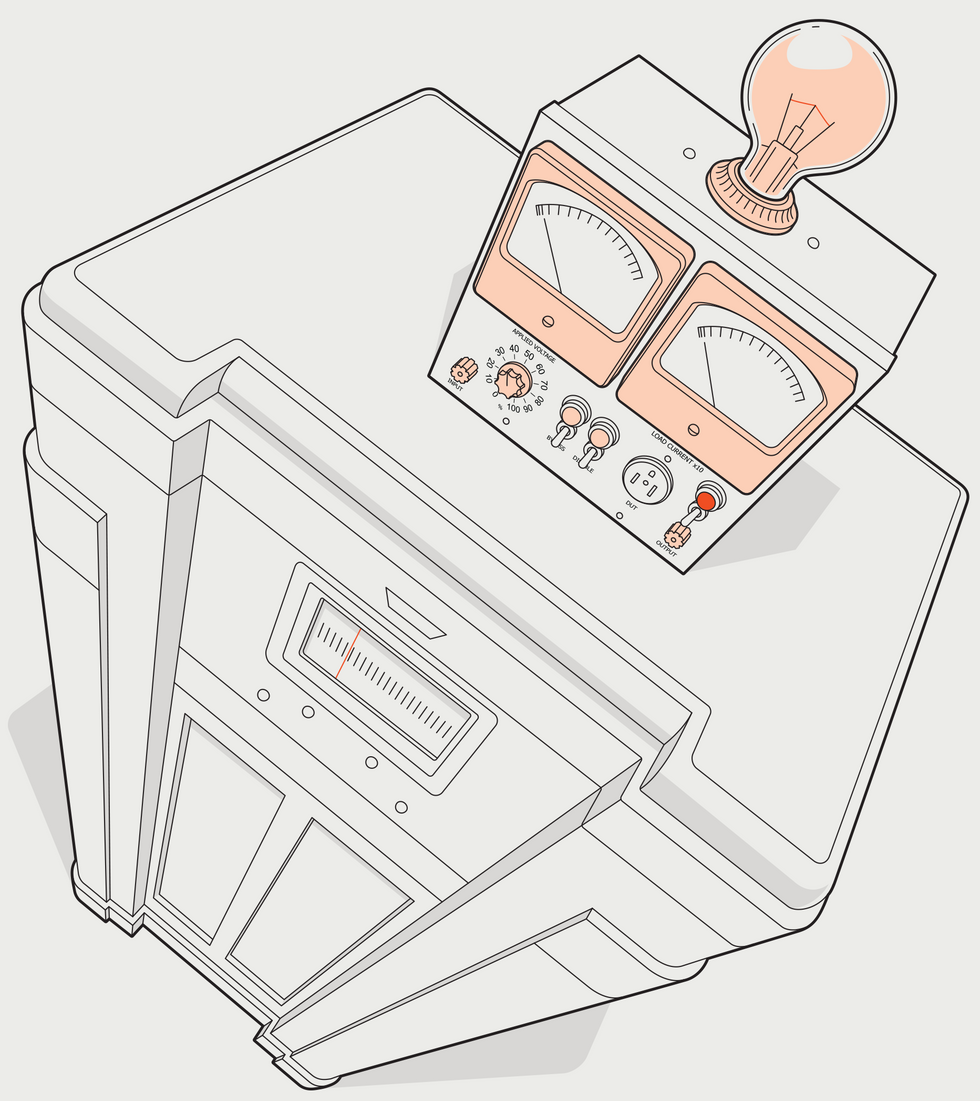Now Reading: Photophoretic Propulsion: Bridging High-Altitude Balloons and Low-Orbit Satellites
-
01
Photophoretic Propulsion: Bridging High-Altitude Balloons and Low-Orbit Satellites
Photophoretic Propulsion: Bridging High-Altitude Balloons and Low-Orbit Satellites

Fast Summary
- NASA is developing a photophoretic propulsion system that uses light-induced heating to lift structures in Earth’s mesosphere (50-80 km altitude).
- The technology involves “Knudsen pumps,” where porous metamaterial geometries absorb sunlight,creating temperature gradients that drive gas flow and generate lift.
- Key design elements:
– Ultra-light materials like nanocardboard with thin, porous walls.
– Minimum altitude: ~55 km; maximum payload: ~1 kg at 80 km for vehicles with a 10-meter diameter.
– Operational pressure range: optimal between 1-100 Pa (mesosphere conditions).
- Potential applications include:
– Direct-to-cellphone interaction networks in the mesosphere as an alternative to or enhancement of low-orbit satellite systems (e.g., Starlink-like applications).
– advantages include lower latency due to proximity to Earth and compatibility with existing stratospheric technologies.
- Challenges:
– daylight-dependent operations requiring energy storage for nighttime use.
– Limited coverage area (~1,000 km radius per vehicle at peak altitude).
– Stability issues from atmospheric variability and deployment logistics via balloons/rockets.
- Scaling the technology faces material durability challenges, regulatory approval concerns, and payload limitations compared to customary satellite or airship systems.
indian Opinion analysis
The progress of photophoretic propulsion marks an crucial technological advancement in aerospace engineering. For India-a leader in space programs via ISRO-this innovation offers unique opportunities and potential challenges.
India’s focus on cost-effective space solutions could make this emerging technology appealing for its telecom sector or disaster management efforts. With an increasing demand for reliable communication networks across remote regions,deploying these mesospheric vehicles could supplement existing low-orbit satellites at reduced latency costs.
However, scaling this innovation would require rigorous testing under India’s diverse atmospheric conditions. Regulatory frameworks on airspace usage will need updating since these are distinct from conventional aerial vehicles or satellites. Further economic feasibility assessments would also be essential considering payload limitations.
In essence, while the application of photophoretic levitation remains nascent, its integration into India’s technological roadmap would align well with ongoing advancements in lightweight materials research-a field where India has expertise. It’s worth monitoring how quickly such innovations transition from experimental stages to mainstream usage globally.























